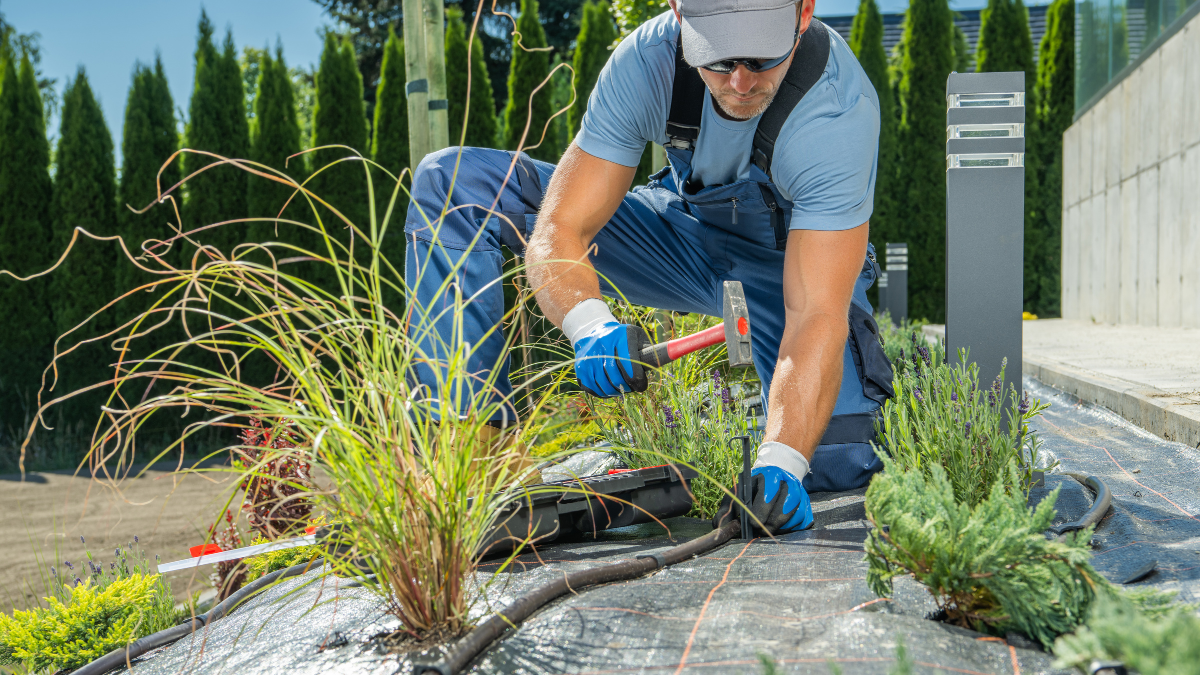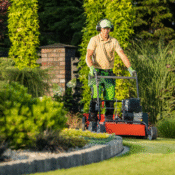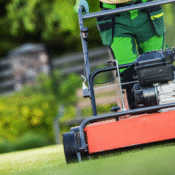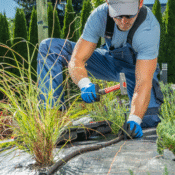
Eco-Friendly Landscaping: Designs That Save Water and Attract Wildlife
Create an eco-friendly landscape by using water-wise designs, like xeriscaping, and native plants to attract beneficial wildlife and save resources.
Our outdoor areas present a special chance to make a difference in a time when environmental awareness is crucial. Eco-friendly landscaping, also known as natural or sustainable landscaping, is more than just beautiful. It's about establishing a balanced environment that lessens our ecological footprint, supports regional ecosystems, and conserves resources. You can create a stunning, flourishing yard that not only conserves water but also draws in beneficial wildlife, transforming your property into a miniature sanctuary, by planning with the environment in mind.
Xeriscaping Principles: The Influence of Water-Wise DesignA key component of eco-friendly landscaping is water conservation, particularly in areas that are vulnerable to drought. Xeriscaping is a clever seven-principle landscaping technique that drastically lowers the need for additional irrigation. It's not just about rocks and cacti.
- Plan and Design: Begin with a well-considered arrangement that pairs plants with comparable water requirements.
- Enhance the soil to help thirsty plants retain water and to help other plants drain.
- Effective Irrigation: Reduce evaporation by delivering water straight to plant roots with soaker hoses or drip irrigation.
- Selecting plants that are native to your area and can withstand drought is a good idea.
- Use of Mulch: Mulch helps control soil temperature, inhibit weed growth, and retain soil moisture.
- Decreased Turf Areas: Lawns use a lot of water. Think about shrinking them or switching them out for native groundcovers.
- Appropriate Care: Consistent weeding and careful pruning maintain plants' health and water efficiency.
A landscape that is eco-friendly is alive and thriving. A healthy ecosystem depends on attracting wildlife, especially pollinators and beneficial insects.
Native Plants: The Basis of Regional EcosystemsAdding native plants is the single most significant decision you can make. Once established, these species frequently require less water and maintenance because they have co-evolved with the local wildlife and are perfectly adapted to the climate and soil conditions of the area.
- Food Source: Local insects, birds, and small mammals depend on native plants for their nectar, pollen, seeds, and berries.
- They provide essential nesting locations as well as shelter from the elements and predators.
- Pollinator Support: Native flowers are essential for the survival of bees, butterflies, and other pollinators, which are in turn necessary for the reproduction of many plants, including those that are part of our food chain.
Think about including these components to genuinely welcome wildlife:
- Water Source: Drinking and bathing are possible in a small pond, shallow dish, or bird bath.
- Shelter can be found in dense shrubs, brush piles, rock piles, or even a special "wild corner." Bee hotels and birdhouses are also great additions.
- Food Sources Other Than Plants: Think about leaving a small patch of wildflowers to go to seed or setting up bird feeders with native seed mixes.
- Steer clear of pesticides: In addition to contaminating your garden and nearby water sources, these chemicals hurt the very animals you're attempting to draw. Adopt eco-friendly pest management techniques.
A mature oak tree is a potent keystone species for local biodiversity, supporting over 500 different insect species.
An investment in eco-friendly landscaping yields benefits for ecological health, resource conservation, and aesthetic appeal. You can design an outdoor area that is not only beautiful but also benefits the environment by adhering to water-wise guidelines and giving priority to native plants and wildlife habitats. Give
Lawnworx a call at 706.620.3544 to start your sustainable landscaping adventure.
Commonly Asked Questions
Do environmentally friendly landscapes appear untamed and messy?A: Absolutely not! Eco-friendly landscaping designs can be remarkably structured, sophisticated, and contemporary, even though some natural landscaping can embrace a wilder aesthetic. The secret is careful planning and choosing environmentally friendly plants that still give off the desired aesthetic. Even for native plants, regular care guarantees a neat appearance.
Will pests enter my yard if I attract wildlife?A: Not usually. In fact, bringing in a variety of wildlife—particularly birds and helpful insects like ladybugs and predatory wasps—helps naturally manage pest populations. Significant pest outbreaks are less likely to occur in a balanced ecosystem than in a monoculture lawn.




